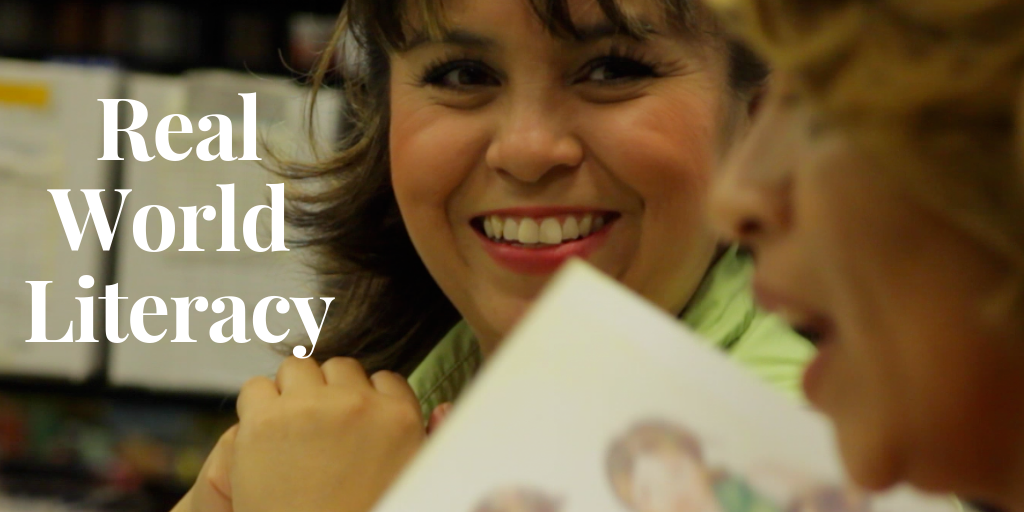
Forming a real-world connection between English Learners (ELs) and what they are learning is a sure way to encourage motivation, which plays a key role in learning, comprehension, and retention. A real-world connection makes students see the importance of why they are learning what they are learning. It helps them see beyond simply completing an assignment because it is required and for the grade, they’ll receive. There are countless ways that teachers can bring real-world experiences and connections into the classroom. Here are a few tips for real-world literacy for immigrant learners.
Connect Through Interests
One of the easiest ways to create a real-world literacy experience is to discover your EL students’ interests. You can discover your students’ interests by assigning a project in which your students will have to research a topic that they are interested in and creating a presentation to present in class. Make sure that your students’ presentations are relevant to something that they are learning in school. Additionally, you can host a Q&A discussion to find out what topics your students are interested in. Once you’re aware of your students’ interest you can create curriculum and assignments that revolve around those interests.
Connect Through Public Issues
Another way to create a real-world literacy experience is to include public issues in the classroom. Some public issues of interests to students include racism, immigration, health, poverty, and animal welfare, among other topics. EL students are usually able to personally relate to these topics because they have personally affected them, or want to make a change for the better. Public issues can be used in social science, math, and science classes.
Connect Through Experiences
Lastly, a really personal way to create a real-world literacy experience is to include assignments that encourage students to share their experiences and perspectives on certain topics. Teachers can ask their students to share cultural aspects of their country of origin. Experiences make for great assignments in social science, the arts, and history classes.
Real World Connections
As you can see, there are quite a few ways that teachers can help create a connection between the real world and the classroom. For more ideas, visit the Latino Family Literacy Project. Here you can discover resources that help you bring the latest tools and techniques into the classroom. For example, the Project discusses how utilizing bilingual books helps EL students gain greater literacy skills because they are able to connect with the story because they are reading it simultaneously in English and their home language; plus, the story typical is based on their culture and background knowledge.
